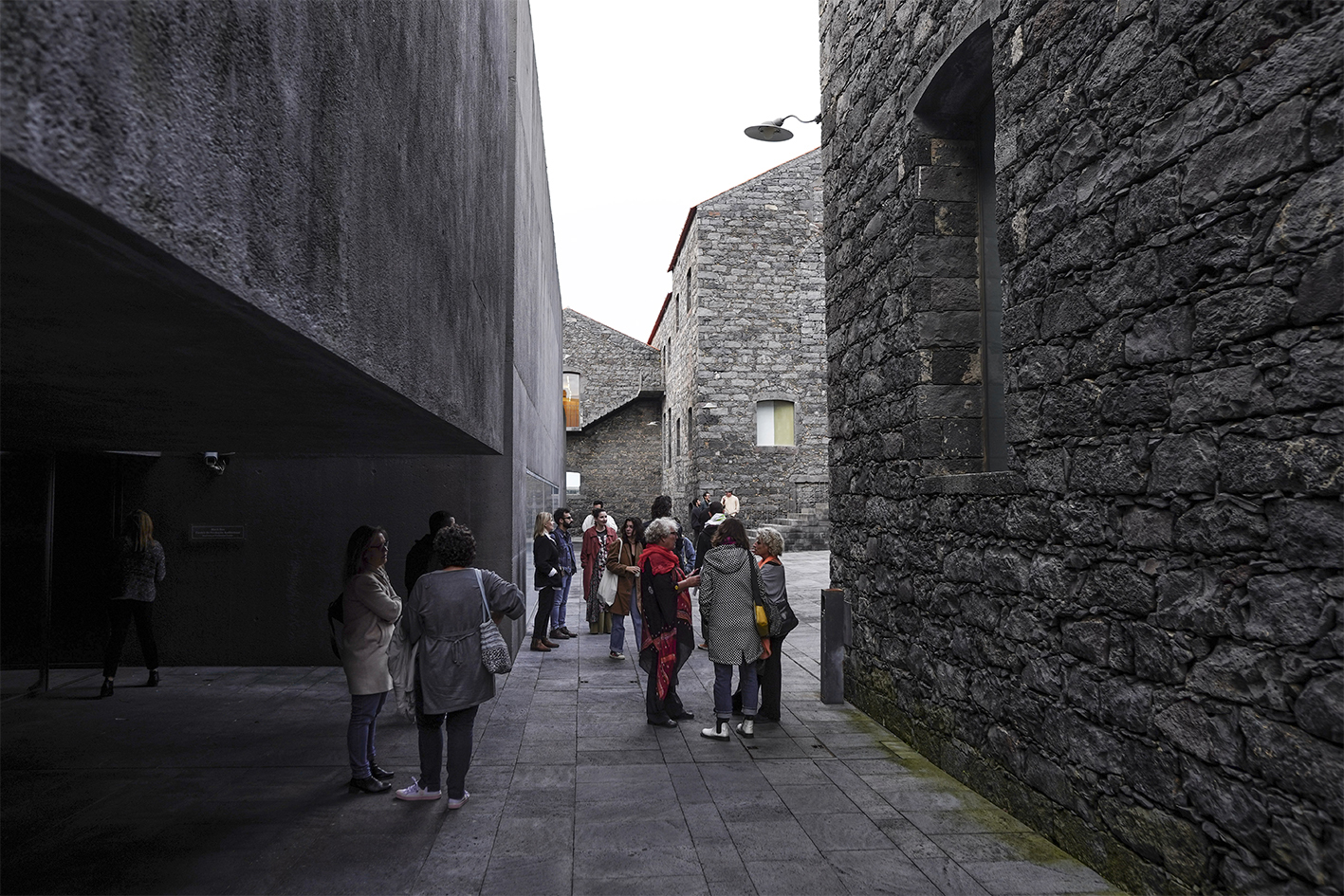

In the 1960s, the international neo-avant-garde movement - incorporating more circumscribed artistic movements such as pop art, minimal art or conceptual art - proposes a revolutionary streak to artistic expressions. Simón Marchán-Fiz (Del arte objetual al arte de concepto, 1990) or Harold Rosenberg (The De-Definition of Art, 1972) quite correctly refer to a “de-aestheticized” art, that is, the incorporation of aspects originally considered “extra-artistic” in art, such as anthropological or sociological aspects, including the exhibition of widely and commonly used everyday objects, in a direct line from Marcel Duchamp. The premise “art is life” would become decisive with its tools and languages mixing assertively. In this context, video — initially linked to performance and body art — gains autonomy, revolutionizing the relationship with the world, practically without mediation.
The beginning of video art can be traced to the New York art scene, but also to Cologne, Germany, namely to the studio of the artist Mary Bauermeister, where works by John Cage, Nam June Paik, or Bauermeister’s companion, Stockhausen, were presented. The new experiences of sounds, time and manipulation, were joined by dance, text, painting or projections.
In 1963, the Jährling couple invited Paik to show his work at their house in Wuppertal, known as the Parnass Galery. It is here that the first public videoart performance takes place, the Exhibition of Music – Electronic Television (from 11 to 20 March, 1963). John Anthony Thwaites describes the event as follows: “All [televisions] are tuned in to the same channel, and on each television set a different image or interference appears: one has undulating lines; the other white noise. (…) Mr. Paik sits, with a friendly smile, gazing at the TV sets. The space is filled with murmurs, humming and crackling.” (Deutche Zeitung. N.º 84, Abril 1963).
In the very same year, Wolf Vostell’s emblematic work, Sun in your head (television décollage), brings into focus the problems presented by the wavy and manipulated image.
FUSO INSULAR is committed to promoting independent cinema by inviting experienced and renowned directors to shoot on the island of São Miguel, resulting in films that reflect their personalities and singular views of the world around them. \
From then to now time ran fast. Video art continues to have a relevant place, which FUSO has always sought to disseminate and implement and constitutes itself as the central theme of this Open Talk.